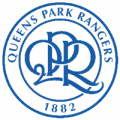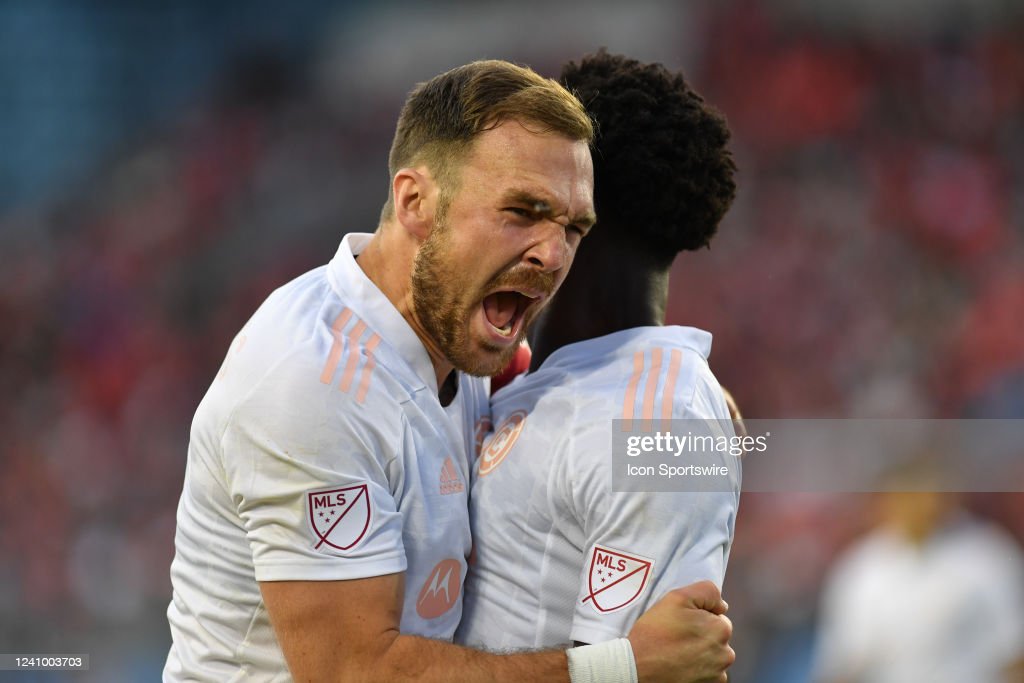Near the end of 2022, I wrote an article about a few different Chicago Fire topics. The last section was dedicated to Gastón Giménez, and the point of it was to try and figure out what the club were going to do with him going into the upcoming campaign.
Within that part of the article, I mentioned how starting Giménez would almost certainly lead to the benching of Mauricio Pineda, who had a pretty solid year last time out. They were the two fighting for the other midfield spot alongside Federico Navarro. Or so I thought.
The top reply to that article raised an intriguing point. Instead of benching one or the other, Chicago could shift to a back three. That would open up a spot for Pineda, who has featured a bit in the backline, and he might even be better there. (Shoutout @BurtonHat)
I hadn’t given much thought to a formation change before then. It seemed like head coach Ezra Hendrickson was set in his ways with his 4-2-3-1, and altering that would’ve messed with the squad too much.
However, as time goes on, the idea becomes more and more interesting. That is because of all its permutations.
The back three itself
Step one is figuring out who slots into the back three itself.
The first name there, and the first name on the entire team sheet, has to be Rafael Czichos. He had a brilliant debut campaign, and he’s already cemented himself as one of the best defenders in the entire league. He could play in either of the three roles, although it might be best to slap him right in the heart of the defense since he’s the club’s leader and captain.
The other two spots are up for grabs.
There’s the aforementioned Pineda, who has put in a solid showing almost every time he’s been called upon. His ability on the ball makes him a lovely option at one of the wider center back positions, as he can carry it up the field himself or pick out a teammate with a long pass.
Carlos Terán finished last season as the other centerback alongside Czichos. He had a breakout year, and his development was clear to see. Terán was always a raw talent, but he had too many mistakes in his game. That was no longer the case, and he was now a physical beast at the back who knew when to fly into a challenge and when to take a step back. His speed is his best asset here, since it would allow him to track any runs made in behind.
The dark horse candidate is Wyatt Omsberg. He was so unlucky this past year, as he was phenomenal early on before an injury ruled him out for the rest of the campaign. He’s the biggest body of the lot, and he’d add a different dynamic at the back thanks to his aerial ability. Some have forgotten about him, but Chicago picked up his contract option ahead of this season, so it’s clear there are plans for him.
Two spots. Three names. There’s obviously going to be time for all of them over the course of the campaign, and some youngsters like Kendall Burks will feature as well. However, head coach Ezra Hendrickson has to decide who is a part of his best XI before the season kicks off.
The duality of the wingbacks
In terms of the wingbacks, the question isn’t really who, but where?
There are a number of different ways to set up the rest of the team when playing with three centerbacks, which we’ll get to, but the biggest difference is whether it's a back three or a back five. One system uses fullbacks that are a bit further forward, while the other uses wingers who track back.
A back five makes more sense for the Fire given their coach. Hendrickson is a defense-first kind of manager, and based on what we’ve seen so far, he’ll always prioritize having bodies back over sending players forward. He wants his side to be hard to beat.
Miguel Navarro is the only player from last year who’d be suited for this role. He’s not a great fullback in a back four system, but he should be better in a back five. He likes to venture forward whenever the opportunity presents itself, and he’ll be able to do that more freely with the added protection behind him.
Arnaud Souquet just had his move to the team confirmed, so he’ll line up on the other side of the field. He is a lovely option here. The Frenchman is solid defensively, and he has loads of experience playing on the right wing.
Other than those two, though, there’s no one. Jhon Espinoza, Boris Sekulić, Andre Reynolds, and Jonathan Bornstein were all let go this offseason, so the Fire are going to have to make some more signings if they want to have any semblance of squad depth.
Hendrickson could still opt for a back three with more attacking wingbacks, to be fair. He’s certainly got the personnel for it. Chicago has a number of wingers who prefer to spend their time in the opposition third than their own, like Chris Mueller, Jairo Torres, and Brian Gutiérrez. Even Xherdan Shaqiri could do a job there.
Torres might have a bit of defensive workrate in him from his days in Liga MX, but the rest of the crop would be real liabilities at the back. It’s not their fault, of course, since they’ve been attack-minded players their whole careers. However, to fit in this system, they’ll have to be ready to do some extra running. Whether they’d be up for it is a different question.
Would Hendrickson be willing to sacrifice the defensive stability that comes with a back five in order to get his more attacking talents on the pitch? Well, there’s a chance he won’t have to.
Shaping the rest of the side
Fortunately for the Fire, there’s a formation that solves this issue. Enter the 5-2-3.
It seems like a strange formation on paper. Wingbacks and wingers on either side of the field? Is there even enough space for everyone? It’s a system that has brought teams success in the past, though, with Antonio Conte’s 2016/17 Chelsea side being a notable example.
Chicago’s roster might suit the formation. There’s the aforementioned back five, which would keep plenty of numbers at the back to provide strength and security. They also have a few different options they can turn to on the wing, and they played with a front three last season, so the side should be used to it.
There’s one big change that would come with this new system, and it’s the only reason why Hendrickson might not go for it. There’s no central attacking midfielder in a 5-2-3, which means that Xherdan Shaqiri would not be able to play up the middle like he did last year. Most fans want to see him back on the wing, to be fair, but it seemed like the coaching staff was adamant on playing him in the number #10 role last season.
The rest of the lineup would be the same, though. There would be a lone forward leading the line, and that's either going to be Jhon Durán, or the man the Fire signs to replace him if he leaves. The midfield two would also remain, and if Pineda is filling in at the back, then we know the pairing here would be Federico Navarro and Gastón Giménez. (If Pineda isn’t used in defense, then please start him over Giménez.)
All in all, it wouldn’t be the biggest alteration. Going from a 4-2-3-1 to a 5-2-3 just means losing an attacking midfielder and gaining a centerback. Considering how defensive Chicago likes to play, this almost certainly should be a good thing.
Little bit of everything, all of the time
At the very least, the Fire should try to become more flexible in 2023.
There were points last campaign where Hendrickson kept rolling out the same sort of lineup even though the team was struggling. Consistency is nice sometimes, but being able to predict the starting eleven on a weekly basis isn’t ideal unless the team is winning game after game. It was borderline stubbornness.
That’s why being more fluid with their systems would be a good thing for Chicago. One week they could use their standard 4-2-3-1, but then the next they could switch up to a 5-2-3. Use a back three depending on the opposition, or chuck two up top randomly just to keep everyone else on their toes.
The current roster has a decent amount of players who can play in different roles. If the club can bring in some more versatile talents, then the sky might be the limit going into this season.










































